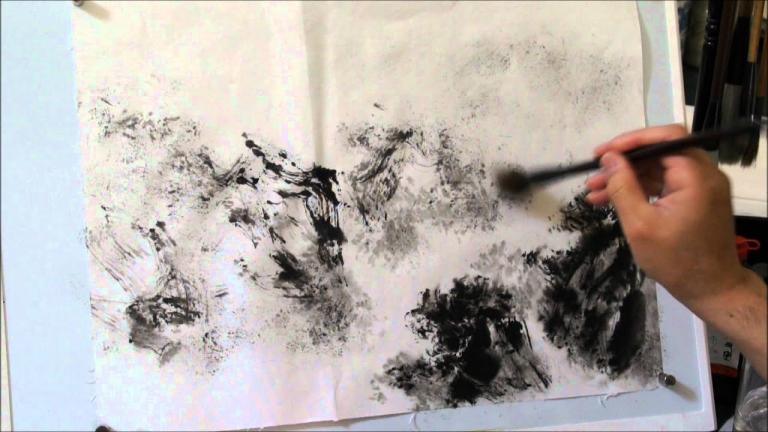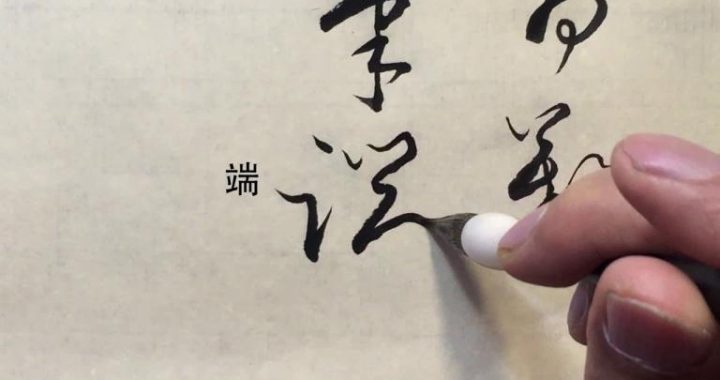Painting should change with the Times
7 min readChanges in painting occurred in all dynasties. Zhang Yanyuan(815-907) who lived n the Tang Dynasty elaborated on the functions of painting in Famous Paintings in Past Dynasties: educating people, improving human relations, revealing infinite changes and fathoming the subtle. These aspects were different in different dynasties so there were also many differences in paintingPainting develops and changes with the developing and changing times
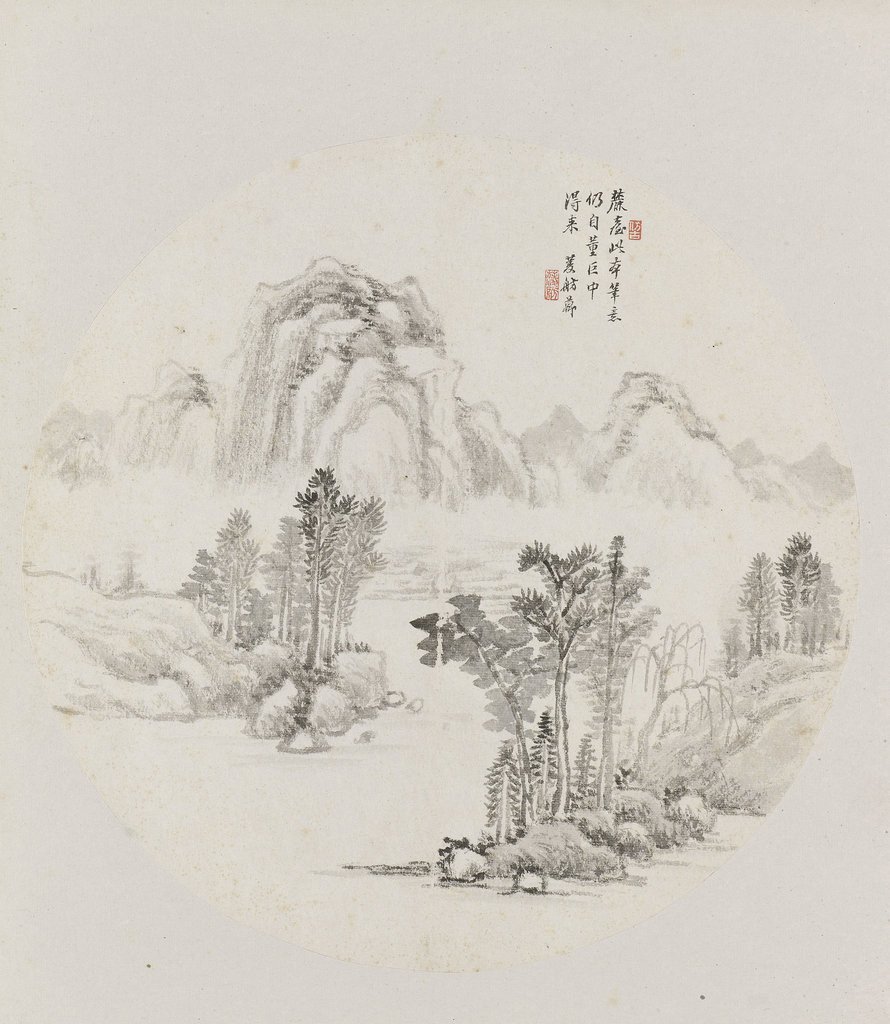
In the Qing Dynasty, Western science, technology, culture and art were gradually introduced to the east and exerted influence on china In this course, Westernization of Eastern painting was an important manifestation, and some Western painters alse made contributions to it, the most famous one among them being Giuseppe Castiglione(1688-1766) Giuseppe Castiglione served for the imperial court of theQing Dynasty, and engaged in painting for more than 50 years in China during the flourishing age of the Kangxi Period, Yongzheng Period and Qianlong Period. He brought the shading and perspective of Western painting to China, created a new style integrating Chinese and Western painting, taught many disciples, and injected new vitality into the development of Chinese painting. Giuseppe Castiglione was good at drawing portraits, flowers, birds and beasts as well as battle maps. His paintings are characterized by more use of Western painting methods, less use of Chinese skills,emphasis on perspective and shading, careful depiction, and even blurring. His works landed down from ancient times mainly include Snow-covered Pines and Cranes, Qianlong trying a horse in the Countryside in Spring Eight Fine horses, etc In modern times, cultural diversification naturally led to the diversity of painting Painting should change with the times. “With the change in depiction objects, the update of drawing tools and materials and, more importantly, change in thoughts and views, Chinese painting formed the trend of diversification in constant innovation and development
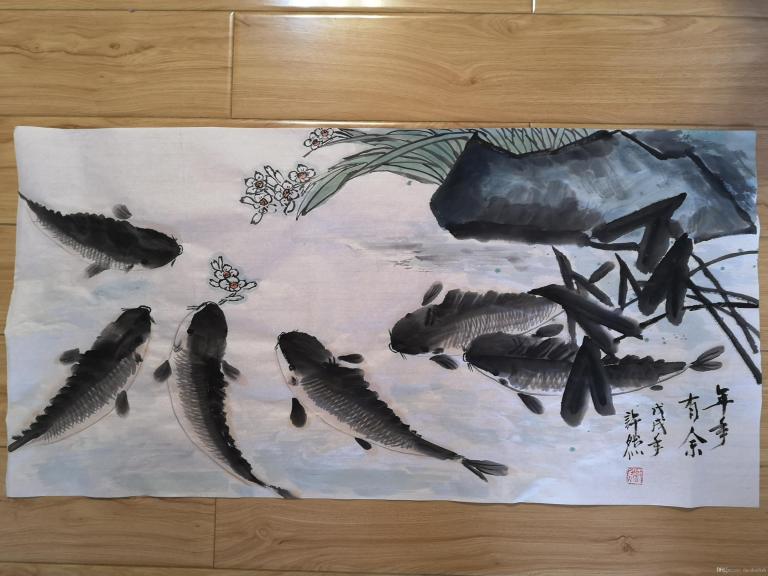
Qi Baishi(1864-1957) was a painter who carried out bold innovation on the basis of ancient painting and formed a distinctive artistic style which was both original and friendly. His works mainly depict tangible objects in reality. He included all the things he was interested in into paintings, and his selection of themes penetrated the clear boundary between folk painting and academic painting. No other painter in history had such rare passion for depicting the real world. he took ordinary things as painting themes but made his paintings attain an unusual state Qi Baishi engaged in painting for a long time from 27 to 97. At first, he mainly imitated elaborate-style paintings, paying attention to norms of painting themes, layouts, strokes and colors and complying with rules in every aspect. At the age of 36, he formally acknowledged scholar Wang Xiangqi(1833-1916) as his teacher to create poems and literary works This was an important turning point on his road of art, marking the beginning of his transition from a folk painter to a literati painter. After 40, he traveled to famous mountains, great rivers and historical sites, broadened his vision, mainly drew drawing sketches, and used impressionistic painting methods instead. His works have strongnatural”charm. Qi Baishi attached great importance to making the past to serve the present. He learned Xu Wei’s unrestrained and expressive style shi tao’s simple strokes and profound artistic conceptions and Su Da’s independence from the worl and great momentum, but he “studied the ancient styles but did not rigidly adhere to them”and was good at drawing on the strengths of different people. When Qi Baishi came to Beijing at the age of 50, some conservative painters knew little about impressionistic painting and thought his works rough”. Famous fine arts educator Chen Shizeng(1876-1923) advised Qi Baishi to “create original ideas, change painting methods create a unique style and refrain from catering to secular customs”, andwrote a poem for him: One should create his own paintings in conformity with old rules, and need not bow his head to seek identification with others. Inspired by chen Shizeng Qi Baishi changed his painting style, chose themes about nature, tried to depict reality and created the overall impressionistic style with great momentum He invented the “red flower and black leave”painting method –forming flowers with bright carmine dots and drawing leaves with dense ink to create a sharp contrast between them and manifest unique charm. Qi Baishi’s “reform in his later years represented a leap in his artistic career
With the increasingly frequent exchange painting between China and foreign countries,a number of famous painters integrating Chinese and Western painting emerged in the painting circles,e.g.Gao Jianfu(1879-1951),Xu Beihong(1895-1953)Liu Haisu(1896-1994),Lin Fengmian(1900-1991),Fu Baoshi(1904-1965),Jiang Zhaohe(1904-1986)and li Keran(1907-1989)
Xu Beihong is an important founder of China’s modern fine arts,an outstanding painter and a fine arts educator.He stuck to the road of realistic art,created a series of works that greatly influenced the development of modern Chinese painting such as Tian Heng and his 500 Retainers,Horse-master Jiu Fang Gao,Ba People Fetching Water and Silly Old Man Moves a Mountain,and played a role in linking the preceding and the following in China’s history of fine arts
Xu Beihong integrated Chinese and Western painting techniques. After making great achievements in study in europe xu beihong returned to china at the age of 32 devoted himself to fine arts education and entered the peak period of painting creation. He joined the”Southern China Society”organized by tian Han(1898-1968 and Ouyang Yuqian(1889-1962), and actively advocated the Southern China spirit of “pursing truth before pursing beauty and goodness”. He created a lot of paintings based on historical facts or ancient allegories successively people can strongly feel the painter’s sincere feelings for the motherland and the people in these paintings using the past to satirize the present for example traditional chinese painting horse master Jiu Fang Gao expresses his hope that the state would attach importance to and recruit talents, oil painting Footpath After Me expresses the suffering people’ slonging for a virtuous ruler, and traditional Chinese painting Silly old Man moves a Mountain praises the Chinese people’s fortitude and strong will to achieve victory. Oi paintings were brought by the introduction of Western styles to the East. Xu Beihong s greatest achievement in oil painting was that he combined im pressionistic light and color with rigorous but perfect expressionistic and classical shapes he was also quite accomplished in traditional Chinese painting, and was the first person to integrate European classical and realistic skills into traditional chinese painting on the basis of nheritance of traditions xu beihong famous for his excellent horse paintings drew an analogy between people and horses, expressed emotions through describing concrete objects, created the unique realistic artistic style “combining Chinese and Western characteristics”and established a new trend in China ‘s painting circles
In 1978, China carried out reform and opening up, and entered a brand new era Painting also kept pace with the times in this period. Luo Zhongli’s oil painting Father exerted great influence then. This work inspired by American painter Close’s large portraits depicts the image of an ordinary old farmer through photorealistic methods The old man’s face is covered by deep furrows like valleys; there is a bewildered and earnest look in his eyes as if he is recalling the past and looking forward to the future the clearly visible beads of sweat on his nose tip are about to drop; he is holding a broken coarse porcelain bowl put together with a cramp in his hands and moving it towards his chapped and dry lips. Standing in front of this large portrait, people can feel the beating heart and rushing blood of the”father This ordinary old farmerhaving experienced great changes in the world but always laying his hope in the future and having optimistic spirit and tenacity epitomizes the Chinese nation’s good traditions. This strong visual effect produces an ordinary but great emotion in a viewer’s heart, which is soul-shaking. The theme and formal language of Father are both innovational. It is a product of the specific conditions of China’s social change in the 1980s. Father is not only a farmer’s father, but also 800 million Chinese farmers father. This is a general and inclusive image with epoch-marking significance. In termsof art, the painter ingeniously combined strong oil colors and super-realist methods in Western modern art, and manifested the external plain beauty and internal sublime beauty of the father, making this painting a milestone in China’s oil painting history
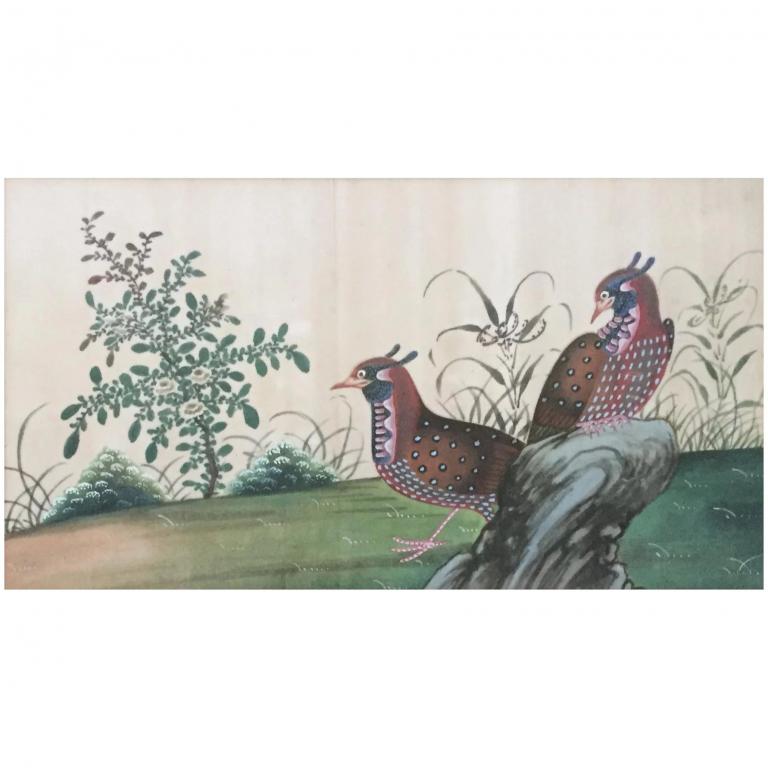
Chen Danqing’s Oil Painting Series on Tibet also shocked the Chinese and foreign fine arts circles with its subversive effect. It consists of seven paintings: Mother and
Son, Shepherd, Pilgrimage, Going to Town I, Going to Town II, Washing Hair and The Men of Kangba. Chen Danging created these works in Lhasa in 1979 and 1980 when he was only 25 years old. Oil Painting Series on Tibet abandoning the then popular practice of emphasizing themes and thoughts and depicting Tibetans daily life directly and resolutely like painting from life is deemed as a classic work with epoch marking significance. Soon after the catastrophic”Cultural Revolution”, Oil Painting Series on Tibet publicly abandoned false and tumultuous themes and restored the trueness and sincerity of art for the first time, focused on real daily life without any hero or theme, and reflected on and called for people’s own value. This painting seriesrepresents the beginning of China’s realistic trend of thought in the new period of the 20century with far-reaching influence
Luo zhongli and chen danqing are both painters adhering to the classical traditions of oil painting and carrying out reform of poetic or philosophical quality Other new-generation painters such as liu xiaodong and fang lijun went farther in exploration. Liu Xiaodong’s works vividly depict the face and spirit of chinese people, especially some disadvantaged and marginalized people, in the period of social, historical, economic and cultural transformation fang lijun became famous becausehe repeatedly used the symbol of a”bald man”, turning it into a typical image forinterpreting modern Chinese people’s changeable and unsteady stage of life. While expressing their unique feelings about modern Chinese people and Chinese society these painters also gained international reputation
